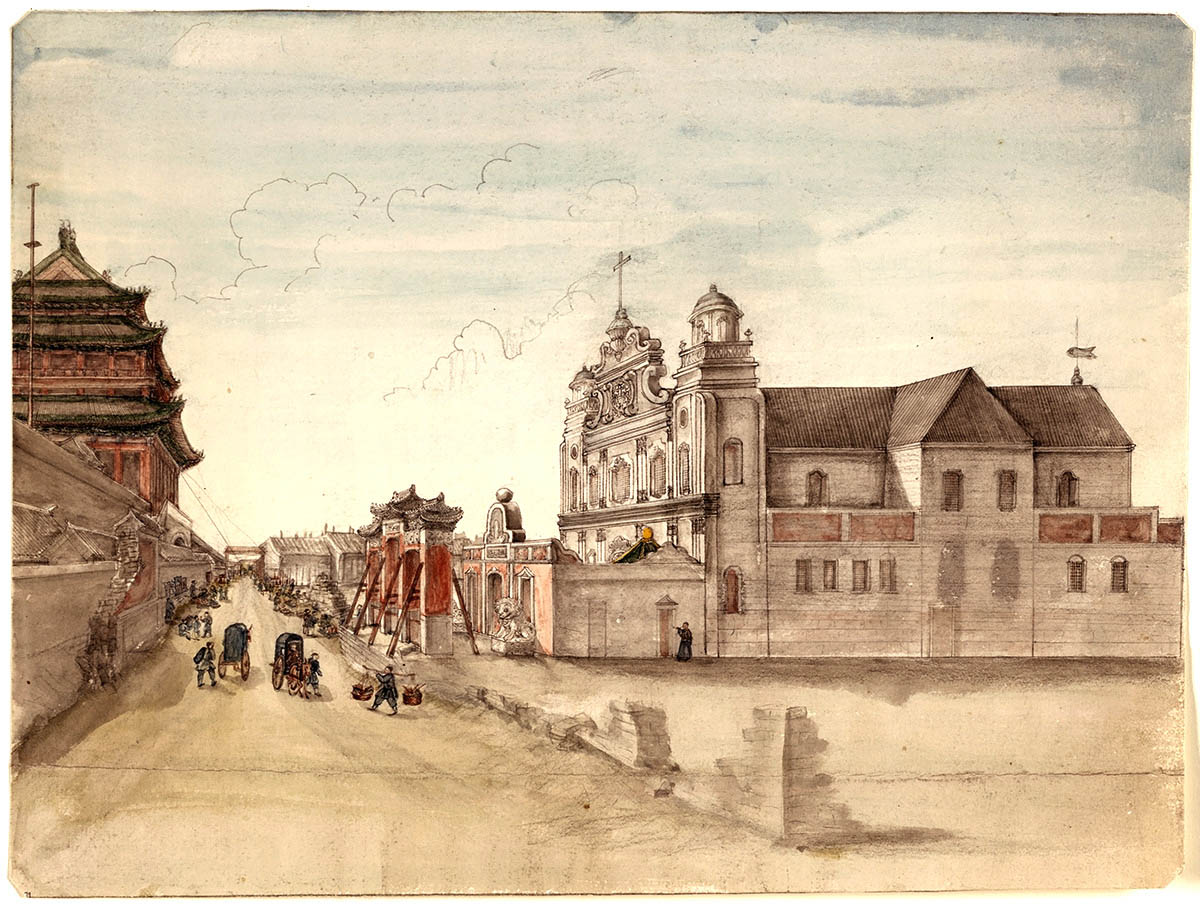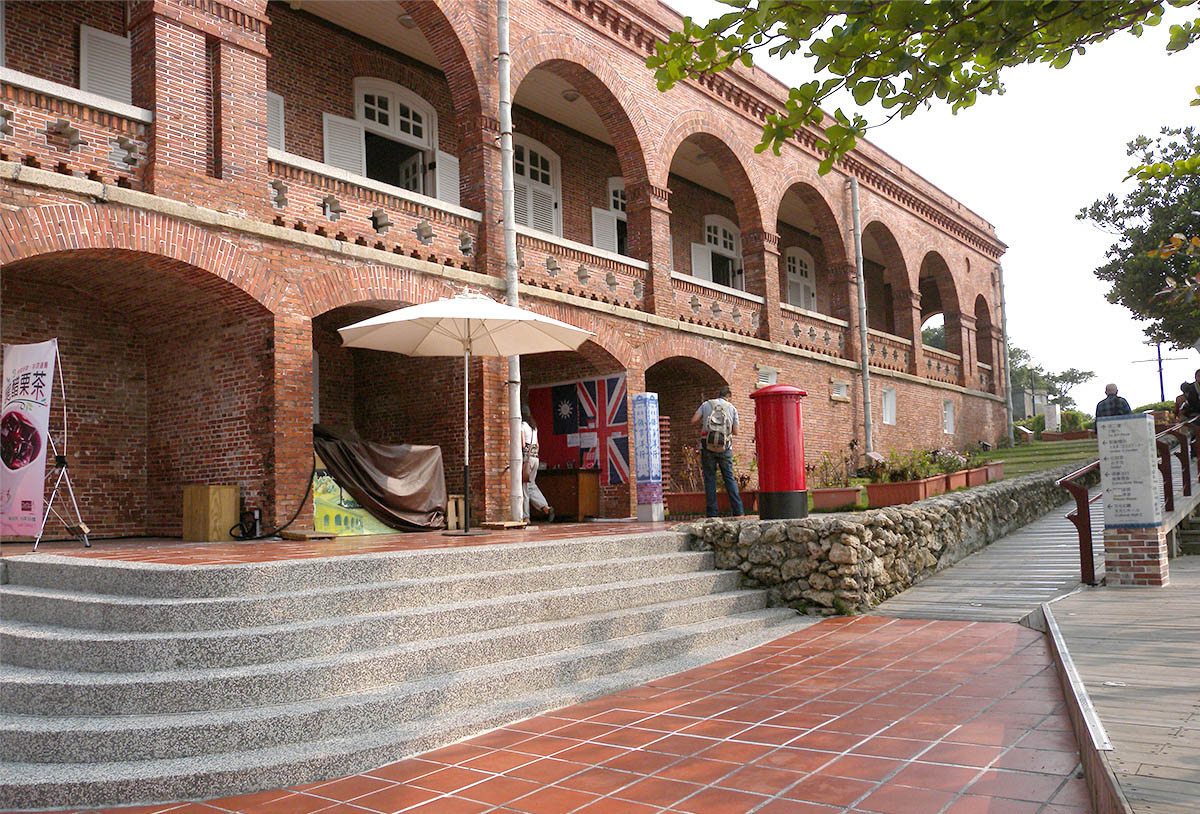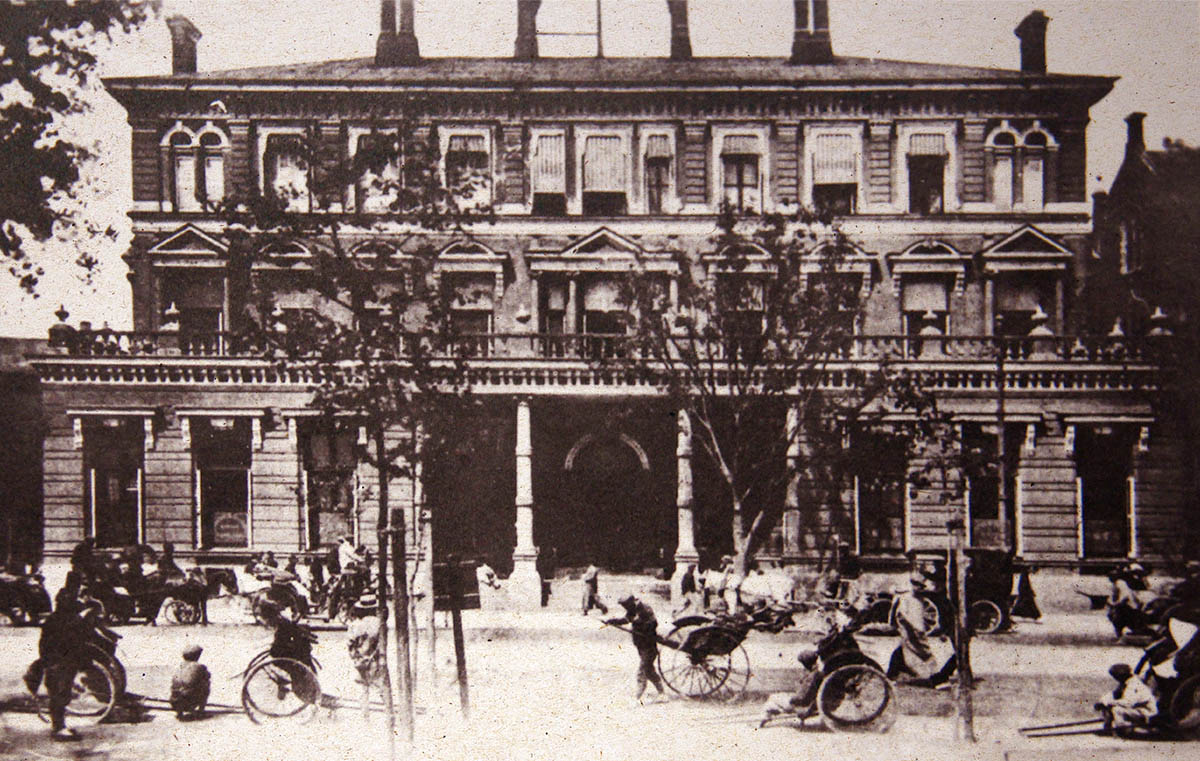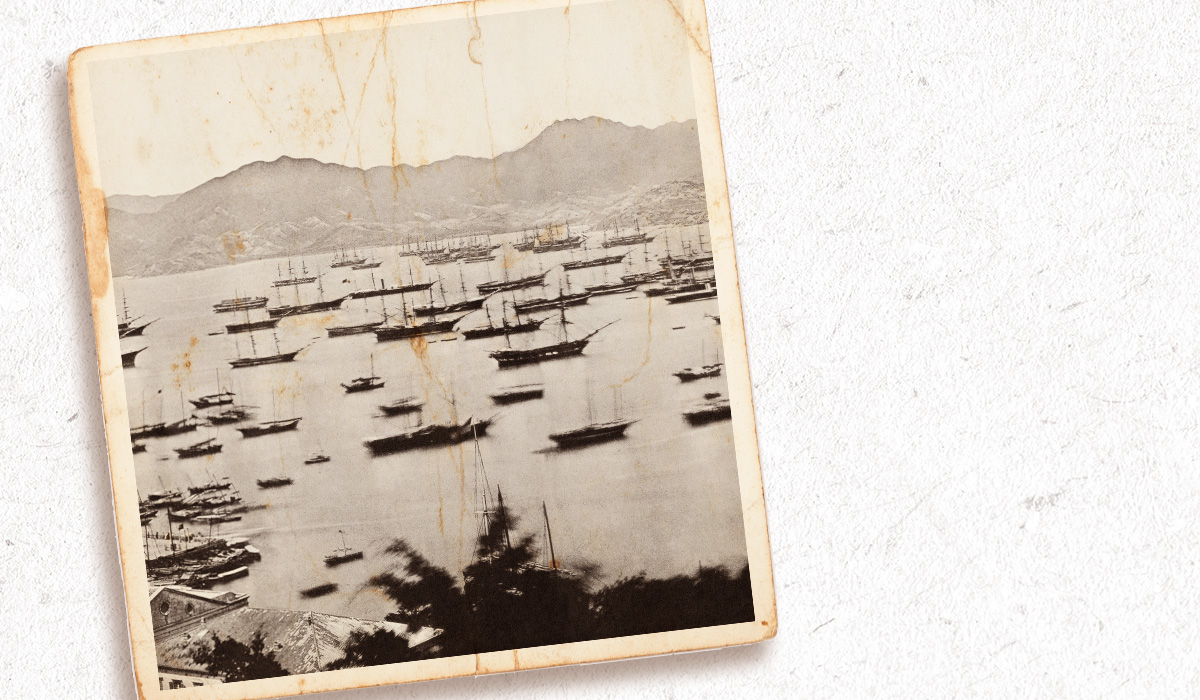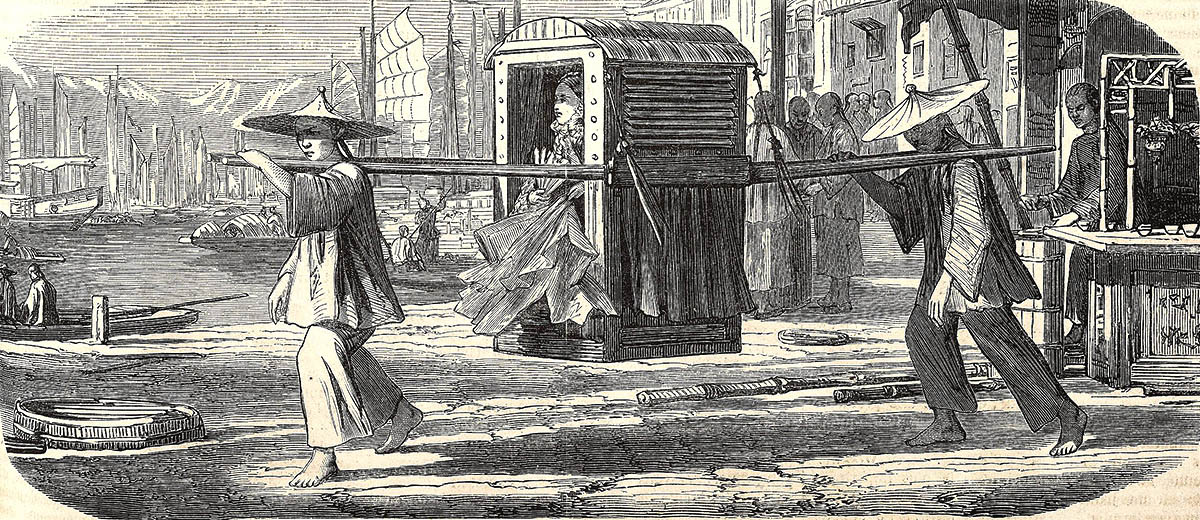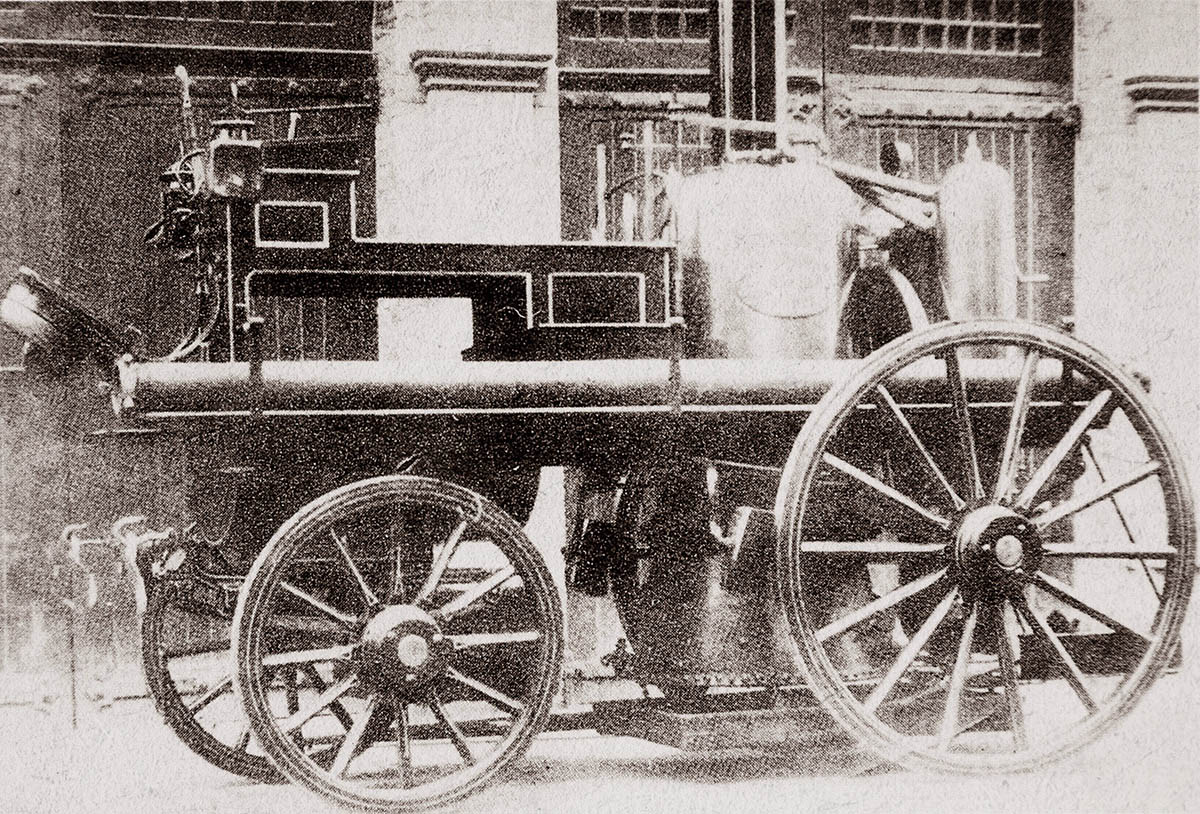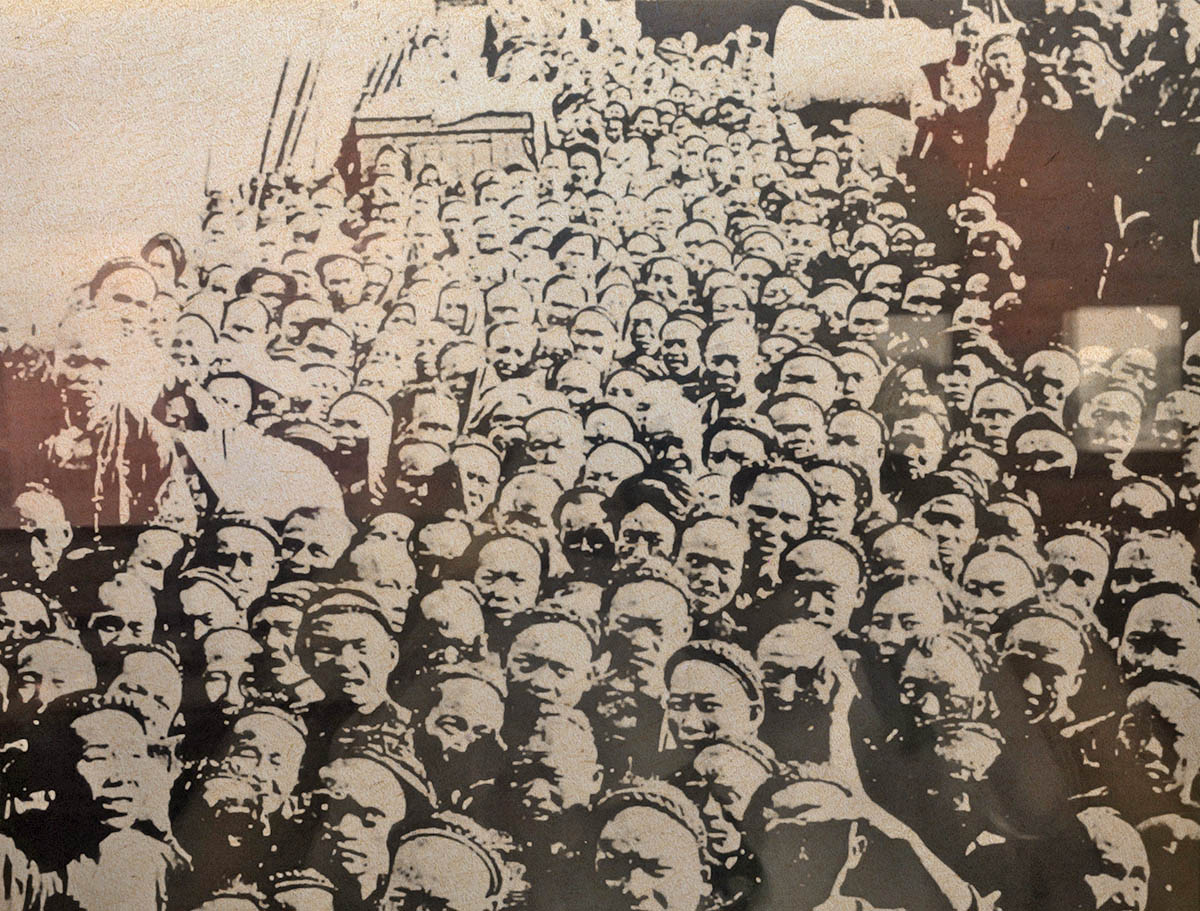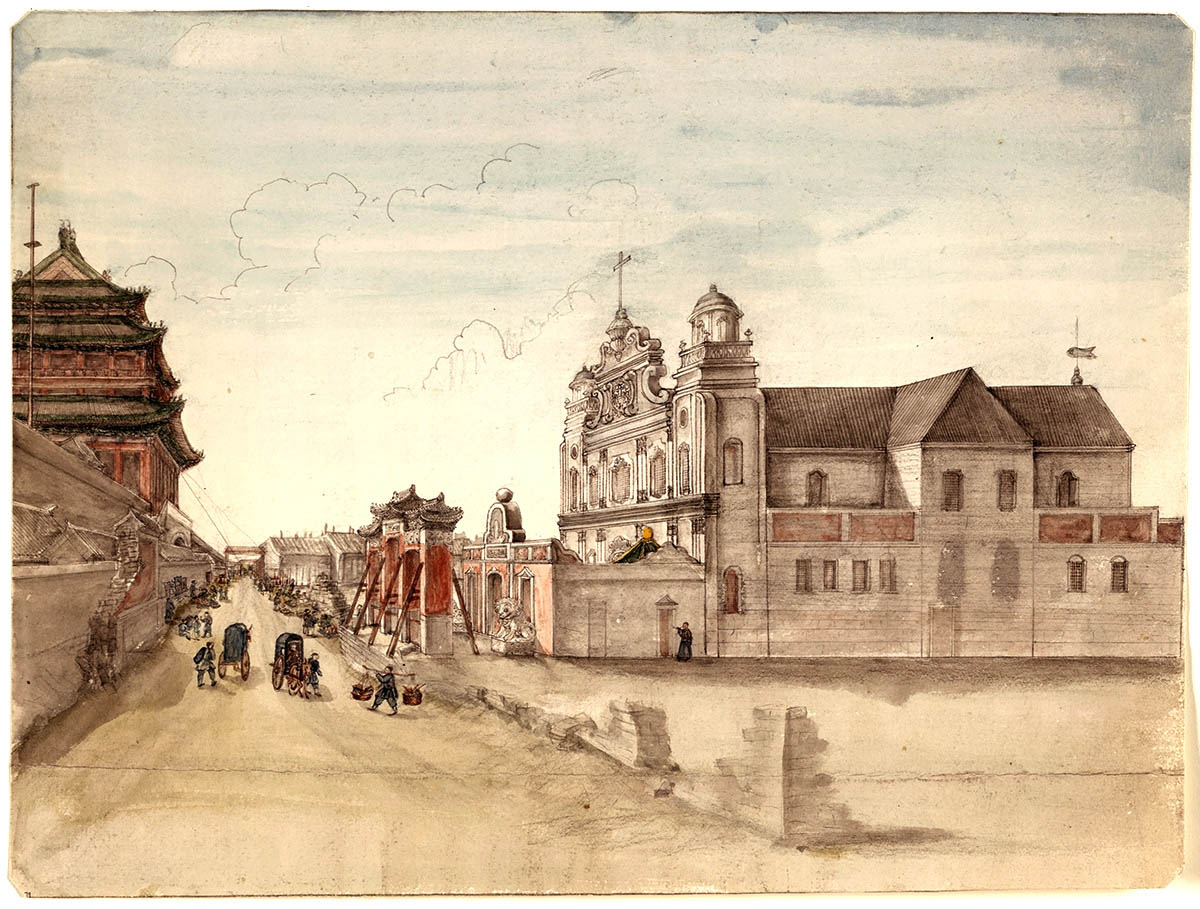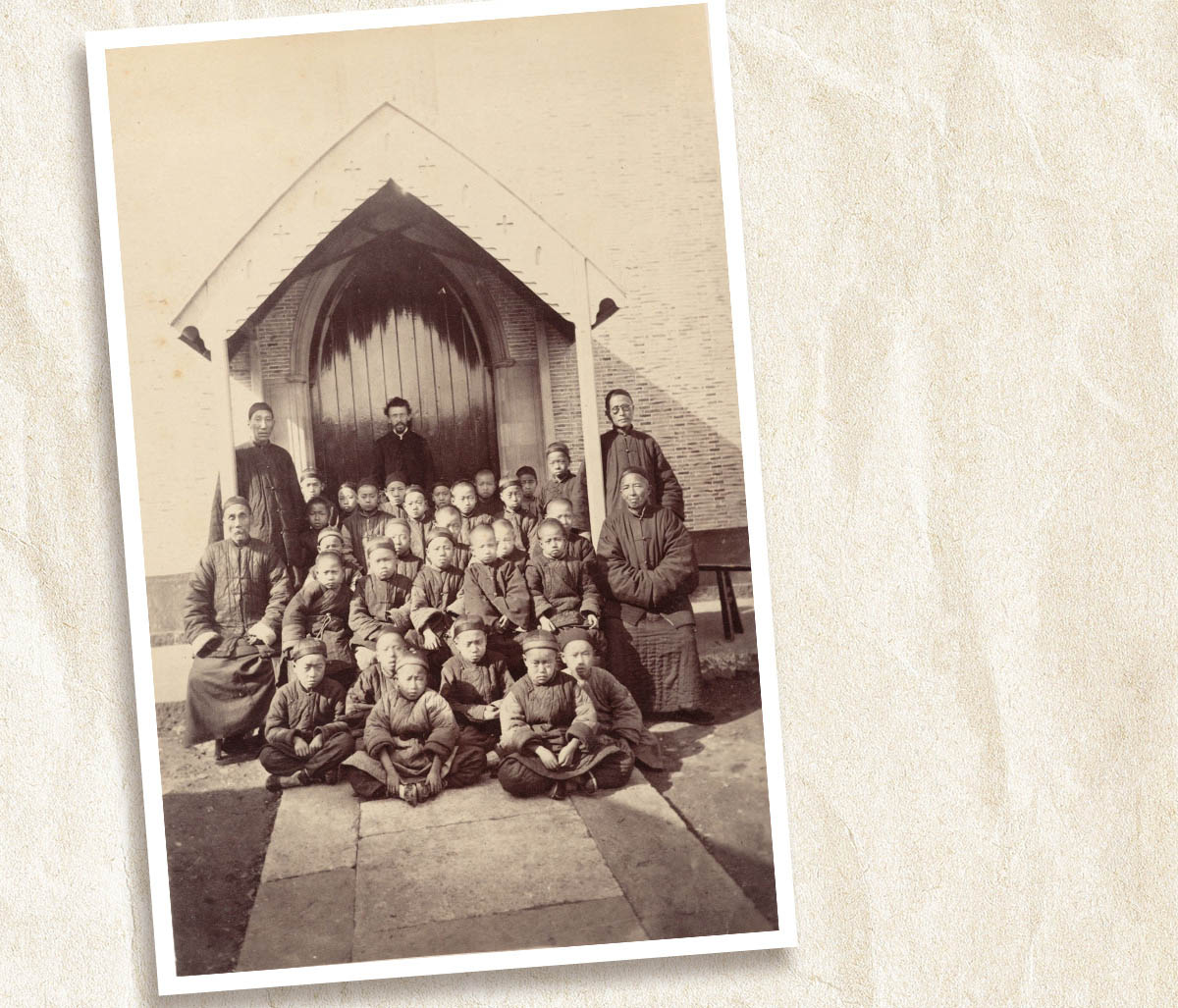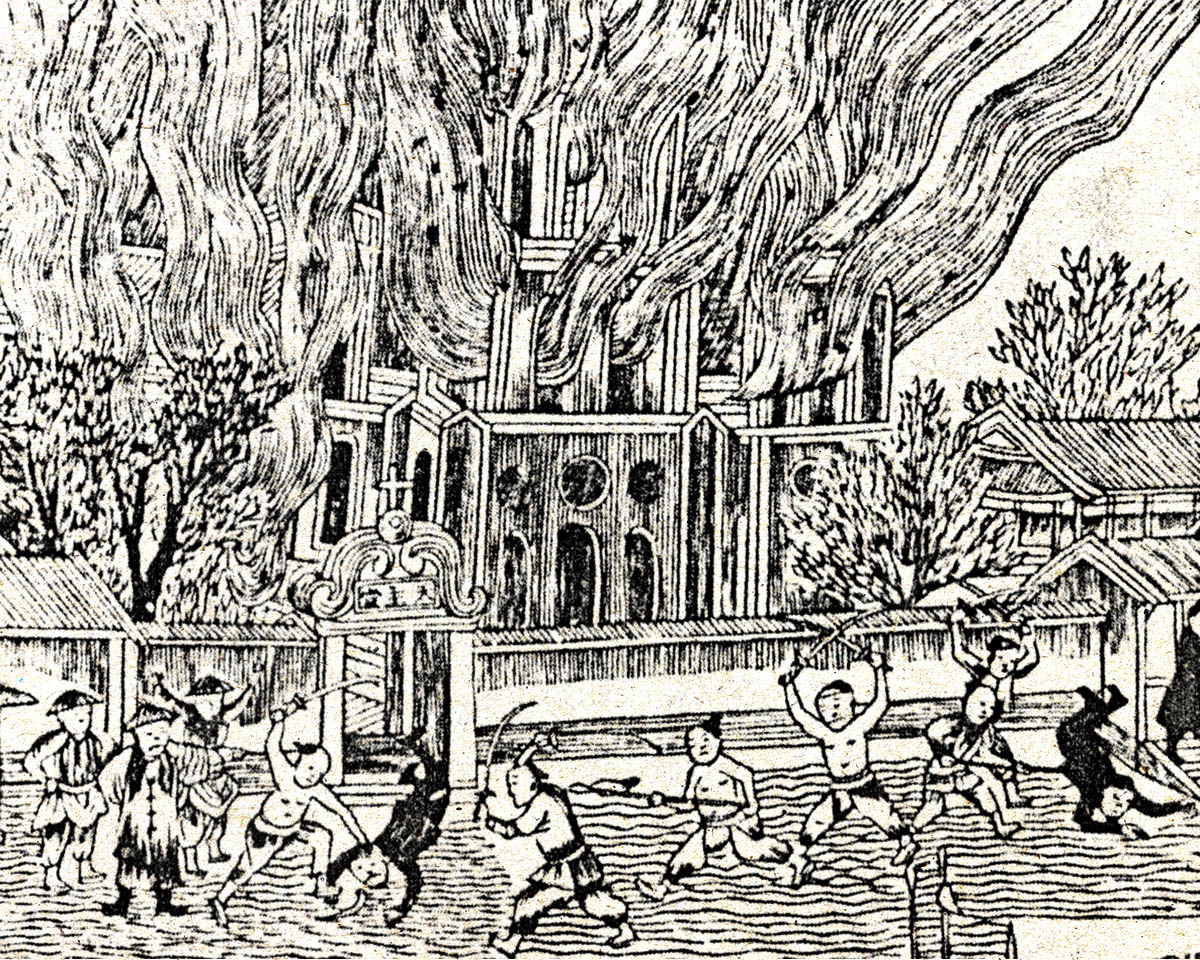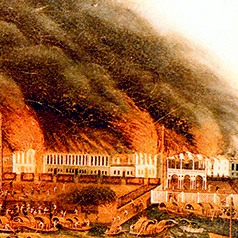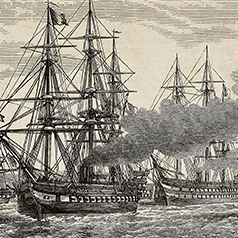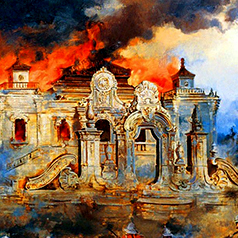After the war with Britain and France, China was left bereft of vast swathes of territory, its sovereignty in tatters, and saddled with unequal treaties that served as a permanent reminder of the indignities it had suffered. Through a series of seemingly reasonable (in the legal sense, at least) arrangements, the Western powers acquired the right to negotiate tariff levels, extraterritoriality, the right to navigate inland waterways, most-favoured nation treatment and other privileges, robbing China of its tariff and judicial autonomy and laying its national defence secrets bare for all to see. Shortly after the end of the war, the Qing government established the Office for the General Management of Affairs Concerning the Various Countries (總理各國事務衙門, which also called the Zongli Yamen﹝總理衙門﹞) as the chief institution dedicated to foreign affairs; it also launched the Self-Strengthening Movement, which aimed to develop Western-style military and industries. Furthermore, the Qing government joined forces with the foreign powers in quelling the Taiping Rebellion (太平天國).
While Western schools of knowledge had made their way to China as early as the late Ming-early Qing period, their influence was intermittent due to resistance from the government, which led to them being banned. As a result of the two Opium Wars, however, foreigners finally had the freedom to navigate China’s inland rivers and evangelise. Western churches, schools and hospitals gradually appeared all over China, and the number of Chinese Christians began to grow, so did “religious incidents” and other Chinese-foreign conflicts. Meanwhile, with more Chinese emigrating overseas to earn a living, overseas Chinese communities began to grow rapidly.
|
|
How did the two Opium Wars facilitate the influx of Western civilisation into China? |
|
|
See answer below. |
The Anglo-French alliance’s fleet that participated in the 1860 invasion of China. Having suffered disastrous defeat in both Opium Wars, China recognised the necessity of importing advanced armaments from abroad. This led to the launch of a post-war Self-Strengthening Movement (洋務運動) focusing on military reforms, in particular the modernisation of armaments, as its primary objective.
Treaty ports and foreign embassies were no longer limited to major cities such as Beijing (北京), Tianjin (天津), and Shanghai (上海). After the Anglo-French Expedition to China, new ports and embassies began to appear in other parts of China. Pictured is the British embassy established in Takao (打狗, now Kaohsiung﹝高雄﹞), Taiwan, in 1867. Recognising the need to deal with the new diplomatic situation, China established the Zongli Yamen in 1861 to manage the country’s foreign affairs. Later, it progressively established its own embassies in foreign countries.
Following the Anglo-French Expedition to China, the foreign powers ramped up their commercial activities in China. Banks were established as they played a pivotal role in facilitating these activities. While being a form of economic aggression, it nevertheless set up for China the foundation of an advanced financial system. Pictured is the HSBC Building in Shanghai established by the British in 1867.
A photo of the Victoria Harbour in Hong Kong taken in 1860. Once they had annexed Kowloon via the Convention of Peking (《北京條約》, also known as the Convention of Beijing), Britain turned it into its territorial harbour. This ushered in a new era of history for Hong Kong - one that would greatly influence the later development of Hong Kong and China.
A picture of a foreign woman travelling in a sedan chair in 1860 Shanghai. The war with Britain and France accelerated the opening up of China, bringing an ever-increasing number of foreigners to China and Chinese-foreign interactions.
A photo of a steam fire engine used by the Shanghai Municipal Council (上海租界工部局) taken in 1873. The ever-growing stream of western novelties entering China was eye-opening for Chinese people.
Chinese labourers making the Pacific passage on a ship in the 19th century. The Conventions of Peking China signed with Britain and France permitted Chinese nationals to enter contract-based engagements with foreigners and work overseas. Thus, a growing number of Chinese labourers opted to make their living abroad.
During the late Qing era, many Chinese sought to escape poverty by leaving China to work in the Americas and Southeast Asia. The number of overseas-bound Chinese labourers started to grow from 1850. Most would receive a prepayment prior to leaving the country, although part of it was deducted by the middlemen who recruited them to pay for finders’ fees, ship passage, and other fees. The recruits were then at their handlers’ mercy and had no choice but to follow every order. They were treated much like livestock – the reason the coolie trade was also called the “pig trade (賣豬仔)” by Guangdong locals. The Chinese phrase kuli (苦力), meaning those who engage in hard labour, may have been the origin of the term “coolie trade”, a description used by Westerners to refer to businesses related to the recruitment and transportation of Chinese labourers. Even in the present day, the undertaking of grueling labour is called being a guli (咕喱) in Cantonese, which is based on the word “coolie”. Many Chinese labourers settled down in foreign countries, forming overseas Chinese communities and establishing Chinatowns. Many of these overseas Chinese harboured a deep hatred of the Qing regime’s corruption, and proved invaluable as supporters of anti-Qing revolutions. The fact that Sun Yat-sen (孫中山) once called the overseas Chinese the “mother of revolution” is a testament of their continued affection for and willingness to contribute to their motherland.
Hong Kong was a key transfer station for the coolie trade, and most labourers from southern China departed the country via Hong Kong. According to statistics, 320,349 coolies boarded vessels bound for the Americas, Australia or Southeast Asia in Hong Kong between 1851 and 1872. Between 1854 and 1859, the number of vessels entering or exiting Hong Kong waters and the tonnage carried grew by an average of 487 vessels and 251,350 tons respectively per year. This was, on average, an annual increase of 68 percent and due to the coolie trade. The trade facilitated the development of Hong Kong’s shipping industry and lined the pockets of its dealers. It was a despicable business. Many coolies lost their lives in foreign lands due to the terrible living and working conditions, and the harsh treatment. A great number died of disease while making the overseas voyage, and never arrived at their destinations.
The Sino-foreign treaties lifted the ban on propagating Christianity. As a result, an ever-increasing number of foreign missionaries were drawn to China to evangelise and establish churches. Pictured is St. Joseph’s Church located in Wangfujing (王府井), Beijing.
A group photo of teachers and students at a Christian school in Ningbo (寧波), Zhejiang Province (浙江), taken in the late 1870s. Through establishing schools, orphanages, and hospitals in China, foreign missionaries helped bring in advanced technologies and practices, and improve lives for numerous poor people. Their influence in these areas was not without some merit.
As the number of foreigners visiting China grew, so did the number of conflicts between Chinese and foreigners. These arose due to cultural differences between locals and foreigners. Christianity, for instance, figured in some of these conflicts. As the number of missionaries in China grew, so did anti-Christian incidents, often referred to as “religious incidents”. These cropped up sporadically around the country. One particularly notorious religious incident took place in Tianjin in 1870. It resulted in churches being burnt and a number of missionaries being murdered. The increasing anti-Christian and xenophobic sentiments among the common folk eventually culminated in the disastrous Boxer Rebellion (義和團運動) and the invasion of the Eight-Nation Alliance (八國聯軍) during 1899 to 1901.
The Tianjin religious incident: in 1870, outbreaks of disease at an orphanage run by French Catholic missionaries led to the deaths of many infants. Under the misconception that the missionaries murdered the infants to use their organs as ingredients for medicines, an anti-Christian and xenophobic mob of several thousand people gathered and stormed various Western establishments. In the chaos, Henri-Victor Fontainer, the French Consul, was murdered; the French consulate and a number of French, British, American, Russian, and Spanish churches were burnt, and dozens of missionaries, other foreigners and Chinese Christians were killed. The incident was called the “Tianjin Massacre” by the West. To force China to answer for the incident, warships from seven nations - including Britain, the United States and France - congregated in the waters of Tianjin and Yantai (煙台) in a display of military might. Zeng Guofan (曾國藩), the Viceroy of Zhili (直隸總督), was tasked by the Qing government to investigate the matter. He ordered the dismissal and military exile of the prefect and magistrate of Tianjin. A further 16 people were executed and another 25 were sent into military exile. Reparations were made for the churches’ reconstruction. A mission of apology was also dispatched to France.
|
|
How did the two Opium Wars facilitate the influx of Western civilisation into China? |
|
|
Throughout history, elements of Western civilisation have made their way to the East on numerous occasions. However, the flow was intermittent due to restrictions imposed from time to time in various dynasties. In terms of religion, Nestorian Christianity (Church of the East) entered China in the Tang dynasty, followed by Catholicism in the Yuan dynasty, the Society of Jesus (Jesuits) in the late Ming - early Qing period, and Protestantism in the mid-Qing dynasty. In 1840, however, gunboat diplomacy finally forced open China’s doors by bringing the Qing dynasty to humiliation. This facilitated an influx of Western civilisation that touched on multiple aspects of life: military, economy, politics, education, and culture. After the Anglo-French Expedition to China, opium imports, evangelisation, the export of Chinese labour, and diplomatic exchanges were all legalised. The wars with the West also paved the way for China to launch its Self-Strengthening Movement to learn from the West and acquire its advanced technologies. |
Source of most photos used in this feature piece: Visual China Group (pictures 1 and 5), Fotoe (pictures 2-4, 6 -10).




